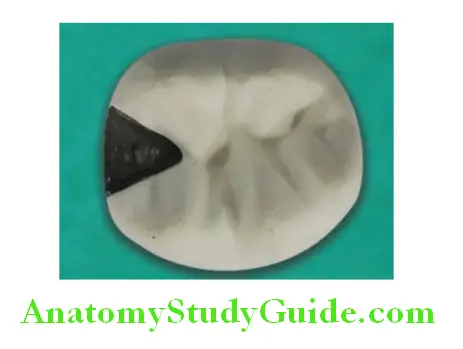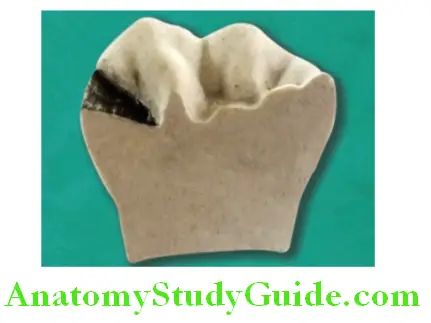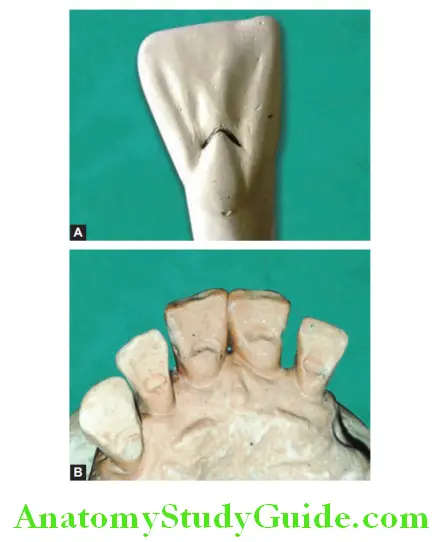Rest And Rest Seat Introduction
Rest is part of partial denture framework and rest seat is prepared on tooth surface to accommodate rest. If abutment tooth is restored than the rest seat can be prepared on restoration. This chapter briefly describes about the rest and rest seat.
Table of Contents
Rest And Rest Seat Definition
Rest:
Part of removable partial denture which transfer forces along the long axis of abutment teeth.
Rest Seat:
The prepared recess in a tooth or restoration created to receive the occlusal, incisal, cingulum, or lingual rest.
Functions Of Rest
- It transfers the masticatory load to the abutment teeth.
- It provides definite vertical stop to the partial denture.
- It prevents impingement on soft tissue.
- Maintain the clasp in proper position.
- To prevent extrusion of abutment teeth.
- To provide positive reference seats in rebasing and/or impression procedures.
Types Of Rest
Primary Rest:
It is part of direct retainer assembly. It provides definite vertical stop to the prosthesis and prevent its displacement toward the tissue. It also transfers lateral and horizontal forces applied on partial denture to the abutment tooth. This load can be absorbed by the fibers of the periodontal ligaments without damaging the ligaments or bone.
Read and Learn More: Preclinical Prosthodontics Notes
Auxiliary Rest:
It is used for indirect retention in distal extension cases (class I and class II). It is also called as secondary rest. It prevents movement of partial denture around the fulcrum.
Rest And Rest Seat Form
Occlusal Rest:
- The outline of an occlusal rest seat is a rounded triangular shape.
- Apex of rest is located toward the center of the tooth.
- The base of the triangular shape is at the marginal ridge.
- Rest should be approximately one-third the buccolingual width of the tooth.
- The marginal ridge must be lowered and rounded to permit a sufficient bulk of metal to prevent fracture of the rest from the minor connector (1–1.5 mm).
- Occlusal rest seat should be shallow and saucer-shaped. The floor of the rest seat should be inclined toward the center of the tooth, should be less than 90°. This helps to direct the occlusal forces along the long axis of the tooth.


Cingulum or Lingual Rest:
- Used primarily on maxillary canines.
- If in case canine is missing then multiple incisors are used to receive cingulum rest.
- It is more esthetical than incisal rest.
- Less chances of breakage and distortion.
Incisal Rest:
- Commonly used on mandibular canine.
- Positioned near incisal edge of abutment tooth.
- For esthetic reason, it is placed on distoincisal surface of tooth.

Leave a Reply